Home>Furniture & Design>Interior Design Trends>How To Break 3M Security Glass
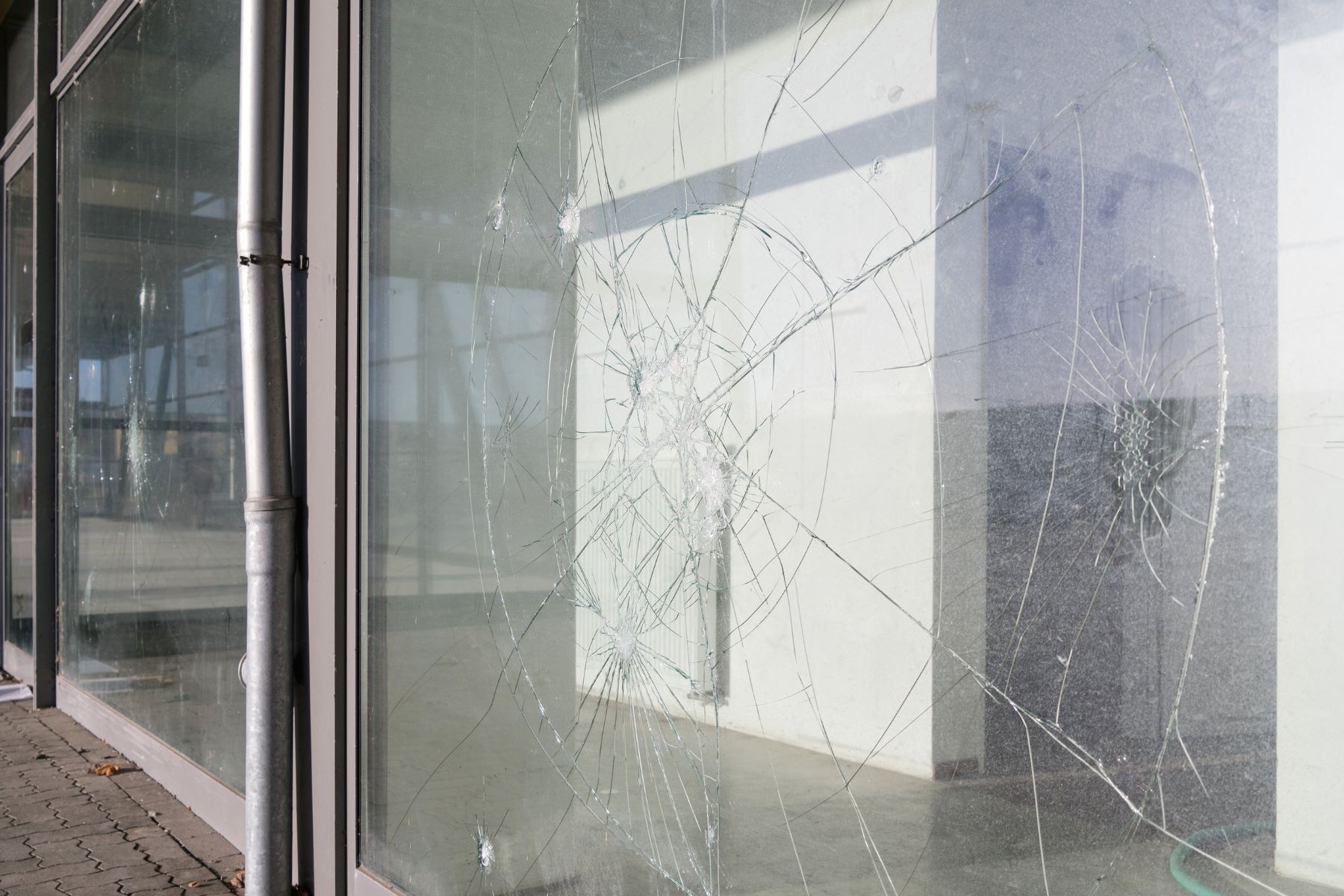

Interior Design Trends
How To Break 3M Security Glass
Modified: August 20, 2024
Learn how to break 3M security glass and stay ahead of interior design trends with our expert tips and tricks. Discover the latest techniques for incorporating security glass into your interior design projects.
(Many of the links in this article redirect to a specific reviewed product. Your purchase of these products through affiliate links helps to generate commission for Storables.com, at no extra cost. Learn more)
Introduction
Breaking 3M security glass can be a daunting task, but with the right knowledge and tools, it can be accomplished safely and effectively. Whether you are a professional tasked with removing 3M security glass for a renovation project or an individual seeking to understand the process, this guide will provide you with the essential steps and insights to successfully break 3M security glass.
Understanding the composition and strength of 3M security glass is crucial before attempting to break it. This specialized glass is designed to withstand significant force and impact, making it a formidable barrier against unauthorized entry and forced intrusion. However, there are legitimate reasons for needing to break this glass, such as emergency situations or planned renovations. In such cases, it is essential to approach the task with caution and precision.
By following the steps outlined in this guide, you will gain a comprehensive understanding of the process involved in breaking 3M security glass. From assessing the glass to choosing the appropriate method and applying the necessary pressure, each step is crucial to ensure a successful outcome. Additionally, the tools and materials required for this task will be discussed in detail, providing you with a clear understanding of what is needed to complete the process safely and efficiently.
Whether you are a professional contractor, a security expert, or an individual seeking to address a specific need, this guide will equip you with the knowledge and techniques required to break 3M security glass effectively. With a focus on safety, precision, and practicality, this guide aims to demystify the process and empower you to approach the task with confidence and competence.
Key Takeaways:
- Breaking 3M security glass requires careful assessment, strategic method selection, and controlled pressure application to ensure safe and predictable fragmentation.
- Prioritizing safety, precision, and understanding the glass’s composition are essential for successfully breaking 3M security glass.
Understanding 3M Security Glass
3M security glass is a specialized type of glass engineered to provide enhanced protection against forced entry, impact, and intrusion. It is designed to withstand significant pressure and force, making it an effective deterrent against unauthorized access. The composition of 3M security glass typically includes multiple layers of glass, laminates, and advanced coatings, all of which contribute to its exceptional strength and resilience.
One of the key components of 3M security glass is its multi-layered construction. This often involves the use of multiple sheets of glass that are bonded together with advanced interlayers. These interlayers are designed to absorb and dissipate energy upon impact, thereby enhancing the glass's resistance to breakage. Additionally, the use of specialized coatings further reinforces the glass, making it highly resistant to penetration and forced entry attempts.
In addition to its physical composition, 3M security glass is also engineered to provide protection against various threats, including forced entry, ballistic impact, and extreme weather conditions. This makes it a versatile and reliable option for a wide range of applications, including commercial buildings, residential properties, and high-security facilities.
Understanding the unique properties and capabilities of 3M security glass is essential when considering the process of breaking it. Due to its exceptional strength and resilience, breaking 3M security glass requires a strategic approach and the use of specialized tools and techniques. By gaining a comprehensive understanding of its composition and strength, individuals and professionals can approach the task of breaking 3M security glass with the necessary knowledge and preparation.
In the following sections, we will delve into the specific tools, materials, and steps required to safely and effectively break 3M security glass. By combining this practical guidance with a thorough understanding of the glass's properties, readers will be equipped to approach the task with confidence and precision.
Tools and Materials Needed
Breaking 3M security glass requires the use of specialized tools and materials to ensure safety and precision throughout the process. Before attempting to break the glass, it is essential to gather the necessary equipment and supplies to facilitate a successful outcome. The following tools and materials are crucial for effectively breaking 3M security glass:
Tools:
-
Safety Glasses and Gloves: Prioritize personal safety by wearing impact-resistant safety glasses and durable gloves to protect against potential debris and sharp edges during the glass-breaking process.
-
Glass Cutter or Glass Drill: A glass cutter or drill specifically designed for cutting or drilling through toughened glass is essential for creating initial weak points or holes in the 3M security glass.
-
Suction Cups: High-quality suction cups provide a secure grip on the glass, facilitating controlled movement and handling during the breaking process.
-
Hammer and Chisel: These traditional tools are effective for applying controlled force to specific points on the glass, allowing for precise and strategic breaking.
-
Resin or Adhesive Remover: In cases where the glass is bonded with adhesives or sealants, a specialized remover may be necessary to weaken the bond and facilitate the breaking process.
-
Protective Tarp or Sheet: Placing a protective tarp or sheet beneath the glass can help contain debris and fragments, minimizing the risk of scattered shards and ensuring easier cleanup.
Materials:
-
Duct Tape: High-strength duct tape can be used to create a grid pattern on the glass, which helps control the spread of cracks and guides the breaking process.
-
Marker or Chalk: Marking the intended breaking points on the glass with a marker or chalk allows for precise targeting and application of force during the breaking process.
-
Safety Barrier: If breaking the glass in a public or occupied area, setting up a safety barrier to restrict access and protect bystanders is essential for maintaining a secure environment.
-
Cleanup Supplies: Have a broom, dustpan, and heavy-duty trash bags on hand to promptly and safely remove glass fragments and debris after the breaking process is complete.
By ensuring that the appropriate tools and materials are readily available, individuals and professionals can approach the task of breaking 3M security glass with the necessary preparation and confidence. Each item serves a specific purpose in facilitating a controlled and safe breaking process, ultimately contributing to a successful and efficient outcome.
Step 1: Assessing the Glass
Before initiating the process of breaking 3M security glass, a thorough assessment of the glass and its surrounding environment is crucial. This initial step sets the foundation for a safe and effective breaking process, allowing individuals and professionals to identify key factors that will influence the approach and technique used. The assessment involves evaluating the condition of the glass, identifying any potential hazards, and determining the most suitable breaking method based on the specific characteristics of the glass.
Condition of the Glass
The first aspect of assessing the glass involves examining its overall condition. This includes checking for any existing damage, such as cracks, chips, or structural weaknesses. It is essential to identify any pre-existing flaws in the glass, as they can significantly impact the breaking process. Cracks or compromised areas may require special attention and a modified breaking approach to ensure controlled and safe fragmentation.
Surrounding Environment
In addition to evaluating the glass itself, assessing the surrounding environment is equally important. Factors such as accessibility, proximity to other structures or objects, and the presence of bystanders must be taken into consideration. Ensuring a clear and unobstructed space around the glass is essential for maneuvering and executing the breaking process safely. If the glass is located in a public or occupied area, implementing safety measures to restrict access and protect bystanders is imperative.
Glass Composition and Thickness
Understanding the specific composition and thickness of the 3M security glass is fundamental to the assessment process. Different types of security glass may vary in their structural properties, requiring tailored breaking techniques. Assessing the glass's thickness and composition provides valuable insights into its resilience and the level of force required for effective breaking. This information guides the selection of appropriate tools and methods to achieve the desired outcome.
Read more: How To Break Thick Glass
Identification of Weak Points
Identifying potential weak points or vulnerable areas in the glass is a critical aspect of the assessment. These weak points may include areas where the glass is less supported or where stress concentrations are present. By pinpointing these areas, individuals can strategically plan the application of force during the breaking process, minimizing the risk of uncontrolled shattering and ensuring a more controlled fragmentation of the glass.
By meticulously assessing the condition of the glass, evaluating the surrounding environment, understanding the glass's composition, and identifying weak points, individuals and professionals can lay the groundwork for a safe and effective breaking process. This comprehensive assessment sets the stage for the subsequent steps, guiding the selection of appropriate tools and techniques to achieve a successful outcome while prioritizing safety and precision.
Step 2: Choosing the Right Method
Selecting the appropriate method for breaking 3M security glass is a pivotal decision that significantly influences the overall outcome of the process. The method chosen should align with the specific characteristics of the glass, the intended purpose of the breaking, and the available tools and resources. By carefully considering these factors, individuals and professionals can determine the most suitable approach to achieve controlled and safe fragmentation of the glass.
Factors to Consider
Glass Thickness and Composition
The thickness and composition of the 3M security glass play a crucial role in determining the most effective breaking method. Thicker glass may require more forceful techniques, such as using specialized cutting tools or applying sustained pressure at strategic points. Conversely, thinner glass may be more responsive to precise impact methods, such as using a hammer and chisel. Understanding the glass's composition and structural properties is essential for selecting a method that aligns with its specific characteristics.
Existing Weak Points or Damage
If the glass exhibits pre-existing weak points or damage, such as cracks or compromised areas, the chosen breaking method should account for these vulnerabilities. Specialized techniques, such as drilling relief holes around damaged areas to prevent uncontrolled shattering, may be necessary to ensure a controlled and safe breaking process. By addressing existing weaknesses, the chosen method can mitigate the risk of unpredictable fragmentation and enhance overall safety.
Safety and Precision
Prioritizing safety and precision is paramount when choosing a breaking method. Methods that offer controlled application of force, minimal risk of debris dispersion, and clear guidance for the fragmentation process are highly favorable. Additionally, the chosen method should facilitate precise targeting of specific areas on the glass, allowing for strategic application of force to achieve the desired outcome without compromising safety.
Available Tools and Resources
The availability of tools and resources also influences the selection of the breaking method. Assessing the tools at hand and their compatibility with different breaking techniques is essential for making an informed decision. If specialized cutting or drilling tools are readily available, methods that leverage these tools for controlled glass weakening may be preferred. Conversely, if traditional tools such as hammers and chisels are the primary resources, methods that align with their capabilities should be considered.
Read more: How To Break Glass Cleanly
Tailored Approach
In some cases, a combination of methods may be necessary to effectively break 3M security glass. Tailoring the approach to incorporate multiple techniques, such as initial scoring with a glass cutter followed by strategic impact with a hammer and chisel, can optimize the breaking process. This tailored approach allows for a comprehensive and adaptable strategy that addresses the unique characteristics of the glass and maximizes the likelihood of a successful outcome.
By carefully evaluating the glass's thickness and composition, addressing existing weaknesses, prioritizing safety and precision, considering available tools and resources, and potentially incorporating a tailored approach, individuals and professionals can confidently choose the right method for breaking 3M security glass. This deliberate decision-making process sets the stage for the subsequent steps, ensuring that the breaking process is approached with the necessary preparation and consideration of key factors.
Step 3: Applying Pressure
Applying pressure to 3M security glass is a critical step in the breaking process, requiring precision, control, and strategic force application. This step involves exerting targeted pressure on specific areas of the glass to initiate controlled fragmentation and facilitate the desired outcome. By understanding the principles of pressure application and leveraging appropriate techniques, individuals and professionals can effectively weaken the glass and prepare it for controlled breaking.
Targeted Force Application
The application of pressure must be targeted and deliberate, focusing on identified weak points or predetermined breaking areas. This may involve using specialized tools, such as glass cutters, to create initial scores or weak lines on the glass, providing a guide for subsequent pressure application. By concentrating force on these predetermined points, individuals can initiate controlled stress concentrations within the glass, setting the stage for the breaking phase.
Sustained and Gradual Approach
A sustained and gradual approach to pressure application is essential for effectively weakening the glass without causing uncontrolled shattering. This may involve applying consistent force over a period of time, allowing the glass to gradually succumb to the applied pressure. By avoiding sudden and excessive force, individuals can maintain control over the glass's response to pressure, minimizing the risk of unpredictable fragmentation and ensuring a more controlled breaking process.
Read more: How To Test Glass Break Sensor
Strategic Use of Tools
Utilizing specialized tools, such as glass drills or cutting implements, can facilitate precise and strategic pressure application. These tools enable individuals to create targeted weak points or relief holes in the glass, effectively concentrating pressure and guiding the subsequent breaking process. By strategically using these tools to apply pressure, individuals can influence the glass's structural integrity, preparing it for the controlled fragmentation phase.
Controlled Impact Techniques
In addition to tool-assisted pressure application, controlled impact techniques, such as using hammers and chisels, can be employed to exert force on specific areas of the glass. This method allows for precise and localized pressure application, enabling individuals to strategically weaken the glass and guide the direction of fragmentation. By carefully directing impact force, individuals can influence the glass's response to pressure, setting the stage for a more predictable breaking outcome.
Safety Considerations
Throughout the pressure application phase, prioritizing safety is paramount. Wearing appropriate personal protective equipment, such as safety glasses and gloves, is essential to mitigate the risk of injury from potential debris or unexpected glass movement. Additionally, maintaining a clear and controlled environment around the glass is crucial for ensuring the safety of individuals involved in the pressure application process.
By approaching the application of pressure with a focus on targeted force application, sustained and gradual techniques, strategic tool utilization, controlled impact methods, and unwavering commitment to safety, individuals and professionals can effectively prepare 3M security glass for the subsequent breaking phase. This deliberate and methodical approach sets the stage for a controlled and successful breaking process, ensuring that the glass is weakened in a manner that prioritizes safety and precision.
Step 4: Breaking the Glass
Breaking 3M security glass requires a methodical and controlled approach to achieve the desired outcome of controlled fragmentation. This crucial step involves executing the necessary techniques and leveraging targeted force to initiate the controlled breaking of the glass. By following a deliberate and strategic process, individuals and professionals can effectively achieve the desired outcome while prioritizing safety and precision.
Read more: How To Safely Break Glass
Controlled Fragmentation Techniques
1. Strategic Impact:
Utilizing traditional tools such as hammers and chisels, individuals can strategically apply impact force to the predetermined weak points or scored areas on the glass. This targeted impact initiates controlled fragmentation, allowing the glass to succumb to the applied force in a predictable manner. By carefully directing the impact and maintaining a steady rhythm, individuals can guide the glass's response to the force, ensuring a controlled breaking process.
2. Controlled Pressure:
Continuing the application of targeted pressure, either through sustained force or specialized tools, individuals can further weaken the glass and guide its fragmentation. By maintaining a gradual and deliberate approach to pressure application, the glass responds predictably to the force, minimizing the risk of uncontrolled shattering. This methodical pressure application complements the impact techniques, contributing to a more controlled breaking process.
3. Fragmentation Guidance:
As the glass begins to fracture and weaken under the applied force, individuals can guide the direction of fragmentation by adjusting the pressure and impact points. By strategically influencing the glass's response to force, individuals can direct the fragmentation process, ensuring that the glass breaks in a controlled and predictable manner. This guidance is essential for minimizing the risk of scattered shards and maintaining a secure environment during the breaking process.
Safety Measures
Throughout the breaking process, prioritizing safety remains paramount. Wearing protective gear, such as safety glasses and gloves, is essential to mitigate the risk of injury from potential debris and glass fragments. Additionally, maintaining a clear and controlled environment around the glass is crucial for ensuring the safety of individuals involved in the breaking process. Implementing safety barriers and restricting access to the breaking area further enhances the overall safety of the process.
By executing controlled fragmentation techniques, strategically applying impact and pressure, guiding the direction of fragmentation, and unwaveringly prioritizing safety, individuals and professionals can successfully break 3M security glass in a manner that ensures controlled and predictable outcomes. This deliberate and methodical approach to breaking the glass sets the stage for a safe, efficient, and successful completion of the task.
Conclusion
In conclusion, breaking 3M security glass is a task that demands careful consideration, strategic planning, and a methodical approach. Throughout this comprehensive guide, we have delved into the essential steps and insights required to successfully break 3M security glass while prioritizing safety, precision, and controlled fragmentation.
Understanding the unique properties and composition of 3M security glass is fundamental to approaching the breaking process with the necessary knowledge and preparation. The multi-layered construction, advanced coatings, and exceptional resilience of this specialized glass necessitate a deliberate and strategic approach to achieve the desired outcome.
The assessment of the glass, surrounding environment, and identification of weak points serves as the foundational step in preparing for the breaking process. By meticulously evaluating these factors, individuals and professionals can tailor their approach, select appropriate tools, and determine the most suitable breaking method based on the specific characteristics of the glass.
Choosing the right method for breaking 3M security glass is a pivotal decision that significantly influences the overall outcome. Factors such as glass thickness, existing weak points, safety considerations, and available tools and resources must be carefully considered to ensure a method that aligns with the unique characteristics of the glass and facilitates controlled fragmentation.
The subsequent steps of applying pressure and executing controlled fragmentation techniques are essential for weakening the glass and guiding the breaking process in a controlled and predictable manner. By leveraging targeted force application, sustained and gradual pressure, and strategic impact techniques, individuals can effectively prepare the glass for controlled fragmentation while maintaining a focus on safety and precision.
Throughout the breaking process, prioritizing safety remains paramount. Wearing protective gear, maintaining a clear and controlled environment, and implementing safety barriers are crucial elements in ensuring the safety of all individuals involved in the breaking process.
By following the insights and steps outlined in this guide, individuals and professionals can approach the task of breaking 3M security glass with confidence, competence, and a clear understanding of the essential techniques and considerations involved. This comprehensive approach aims to demystify the process and empower readers to undertake the task with the necessary knowledge and preparation, ultimately leading to a safe, efficient, and successful completion of the breaking process.
Frequently Asked Questions about How To Break 3M Security Glass
Was this page helpful?
At Storables.com, we guarantee accurate and reliable information. Our content, validated by Expert Board Contributors, is crafted following stringent Editorial Policies. We're committed to providing you with well-researched, expert-backed insights for all your informational needs.
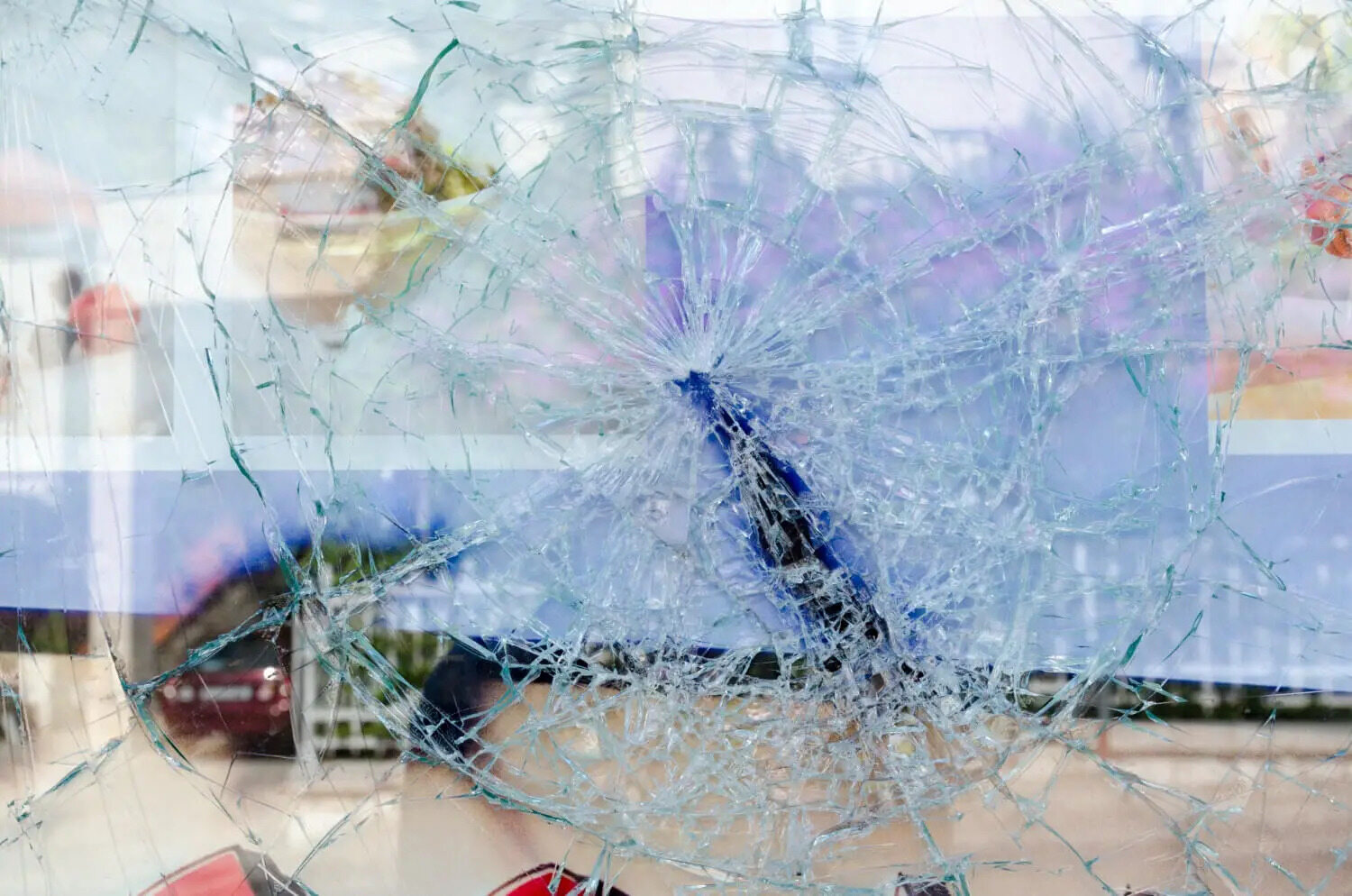

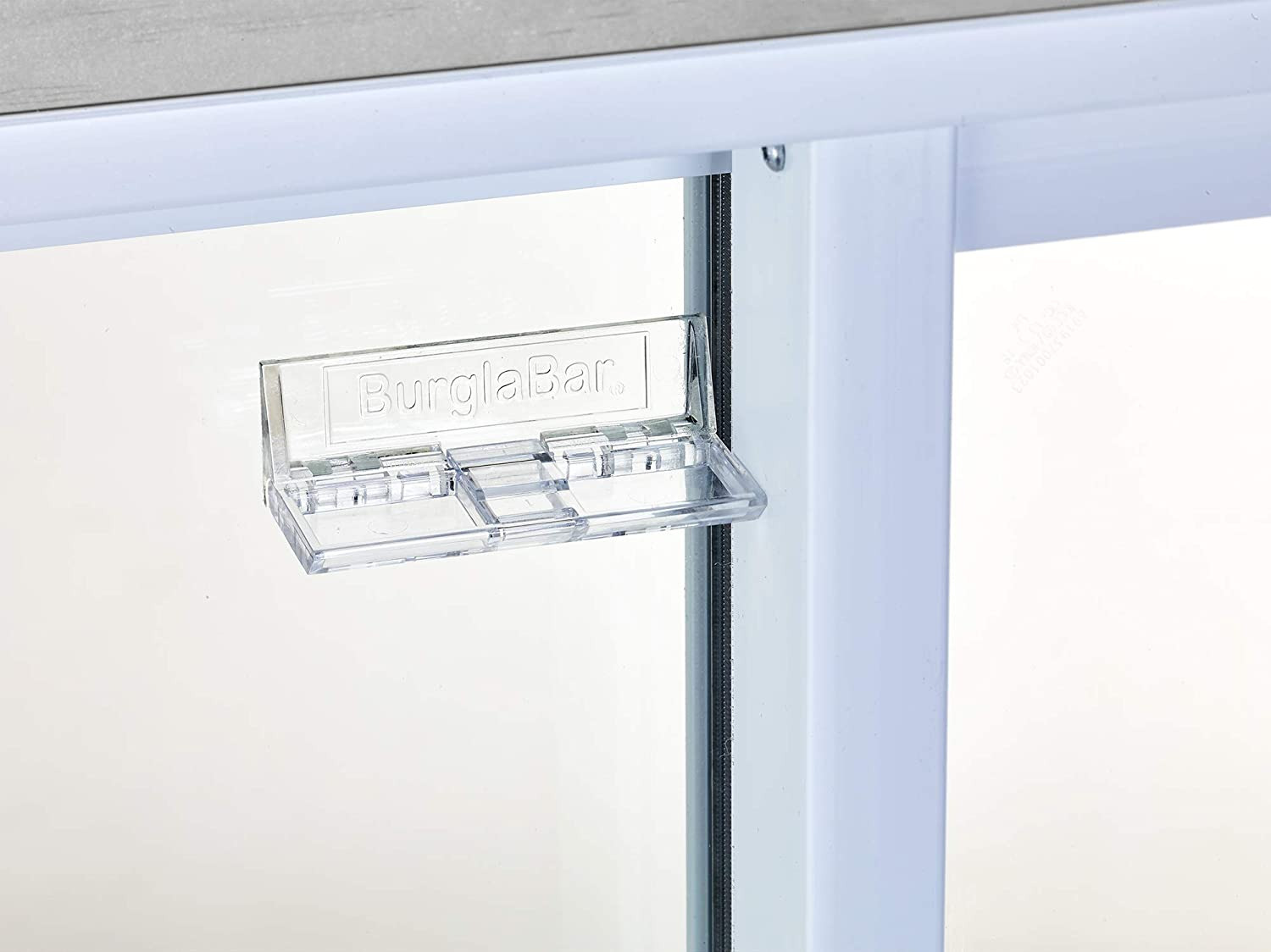




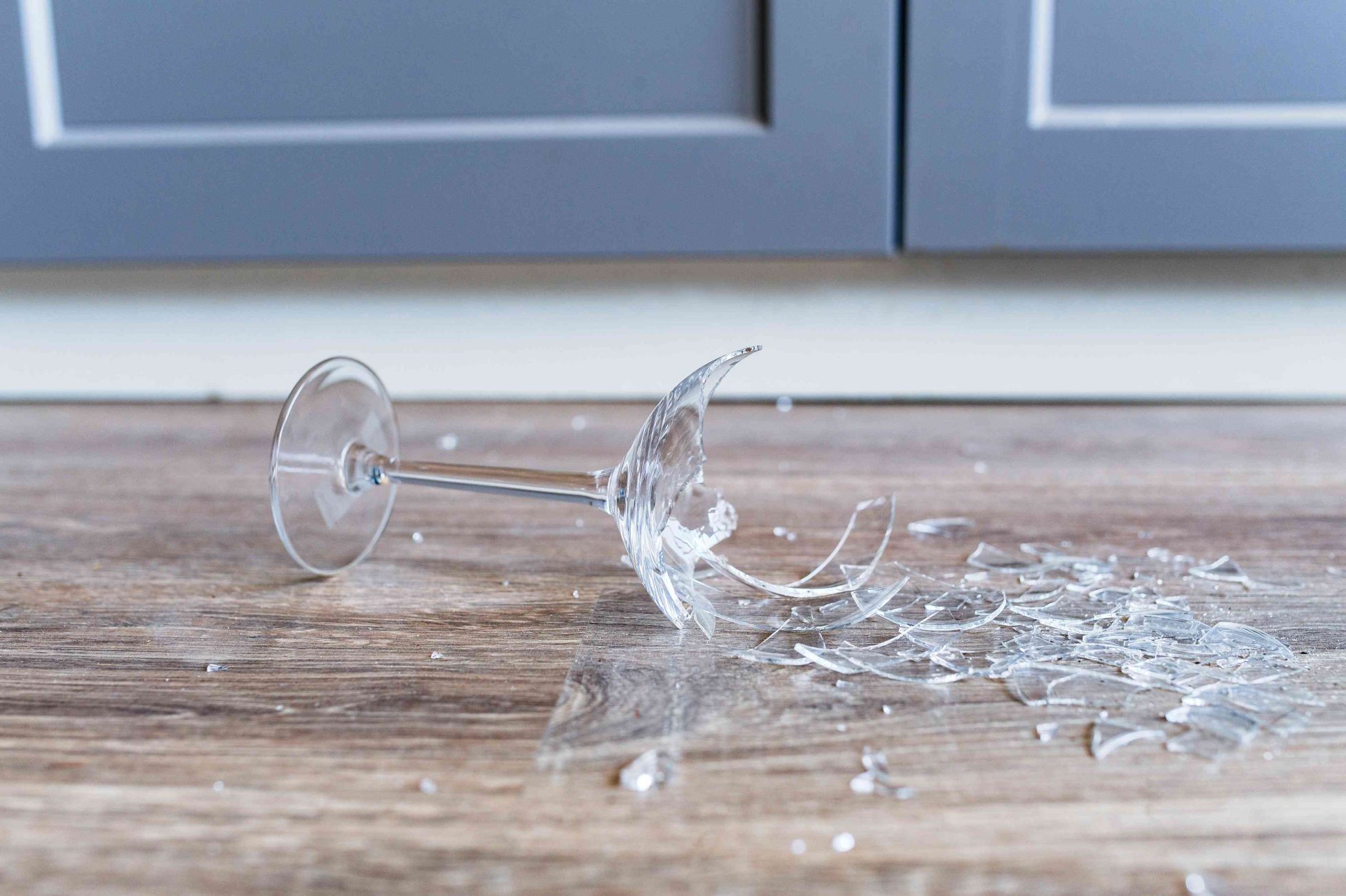

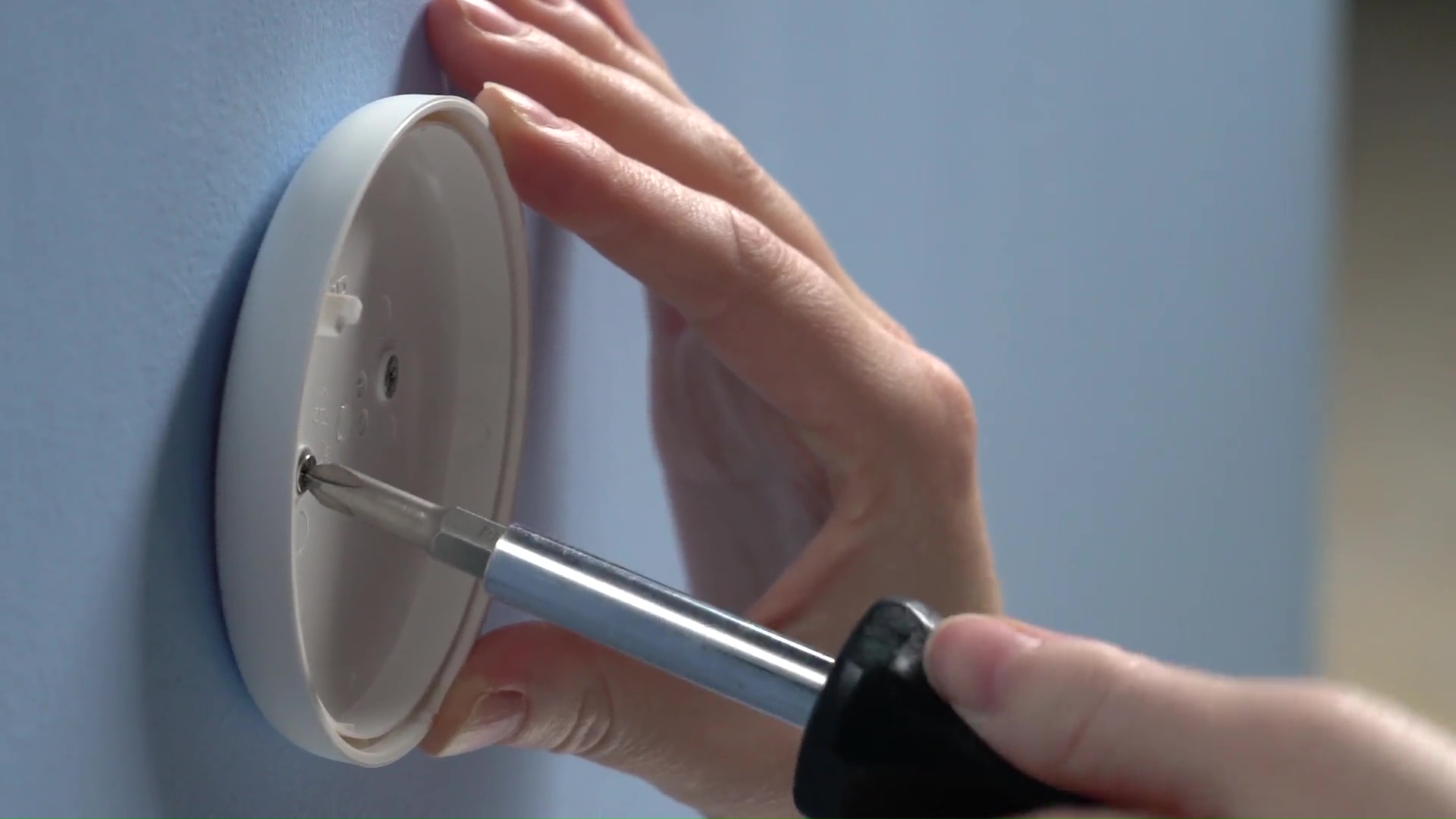

0 thoughts on “How To Break 3M Security Glass”